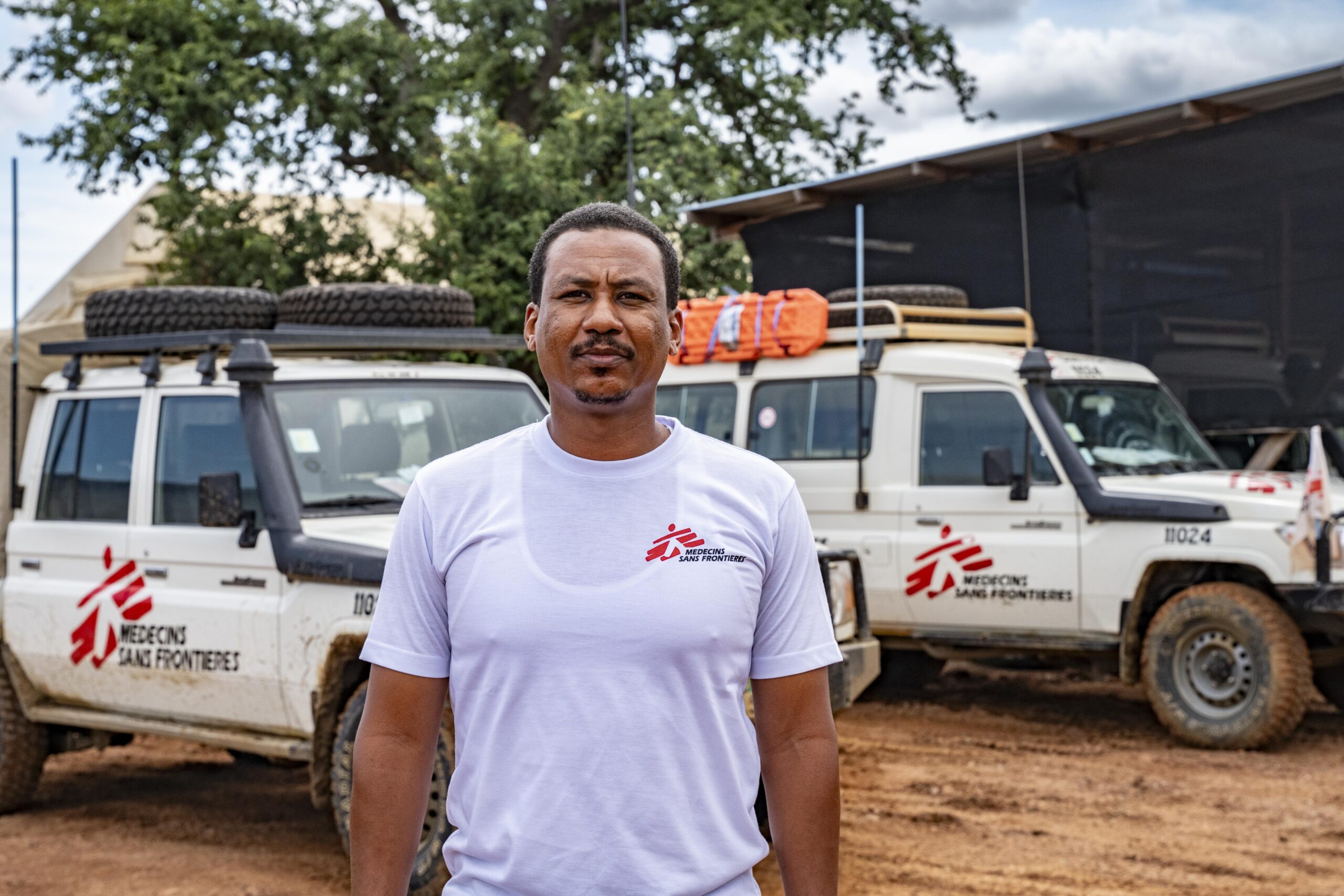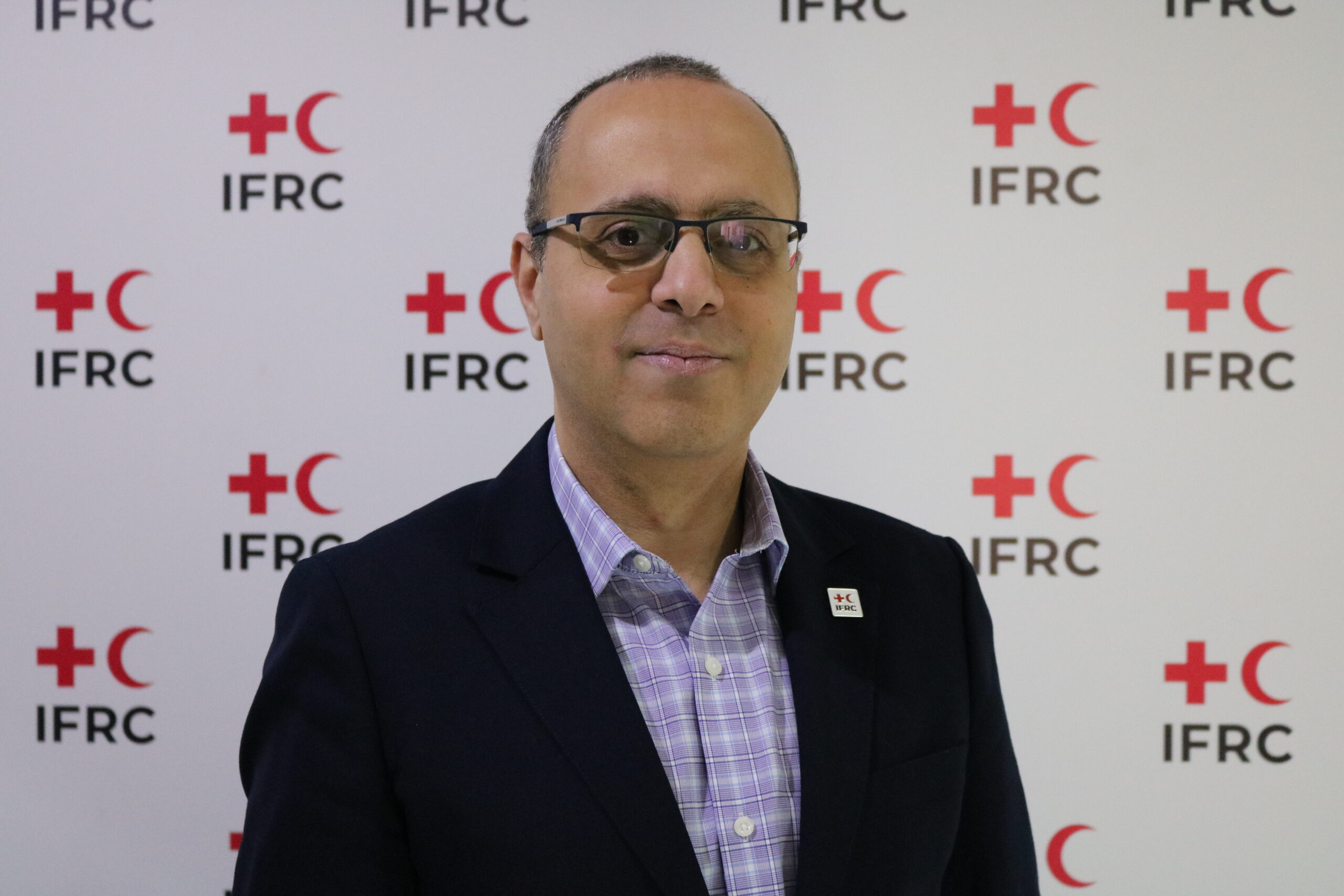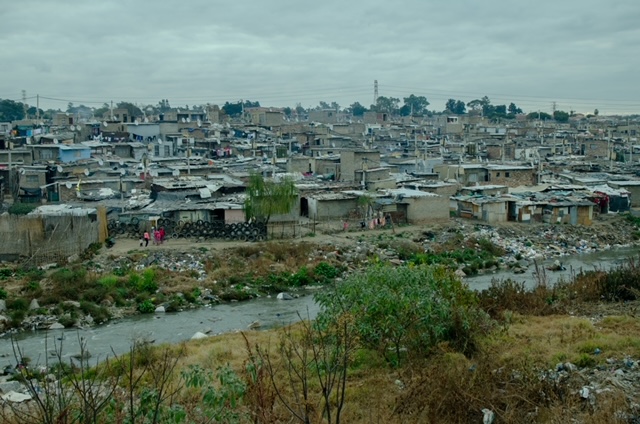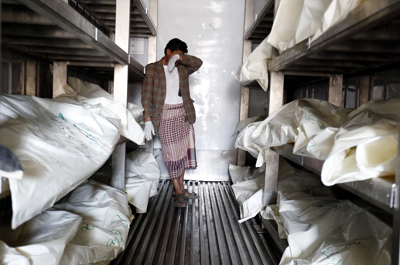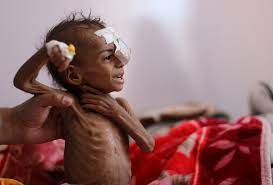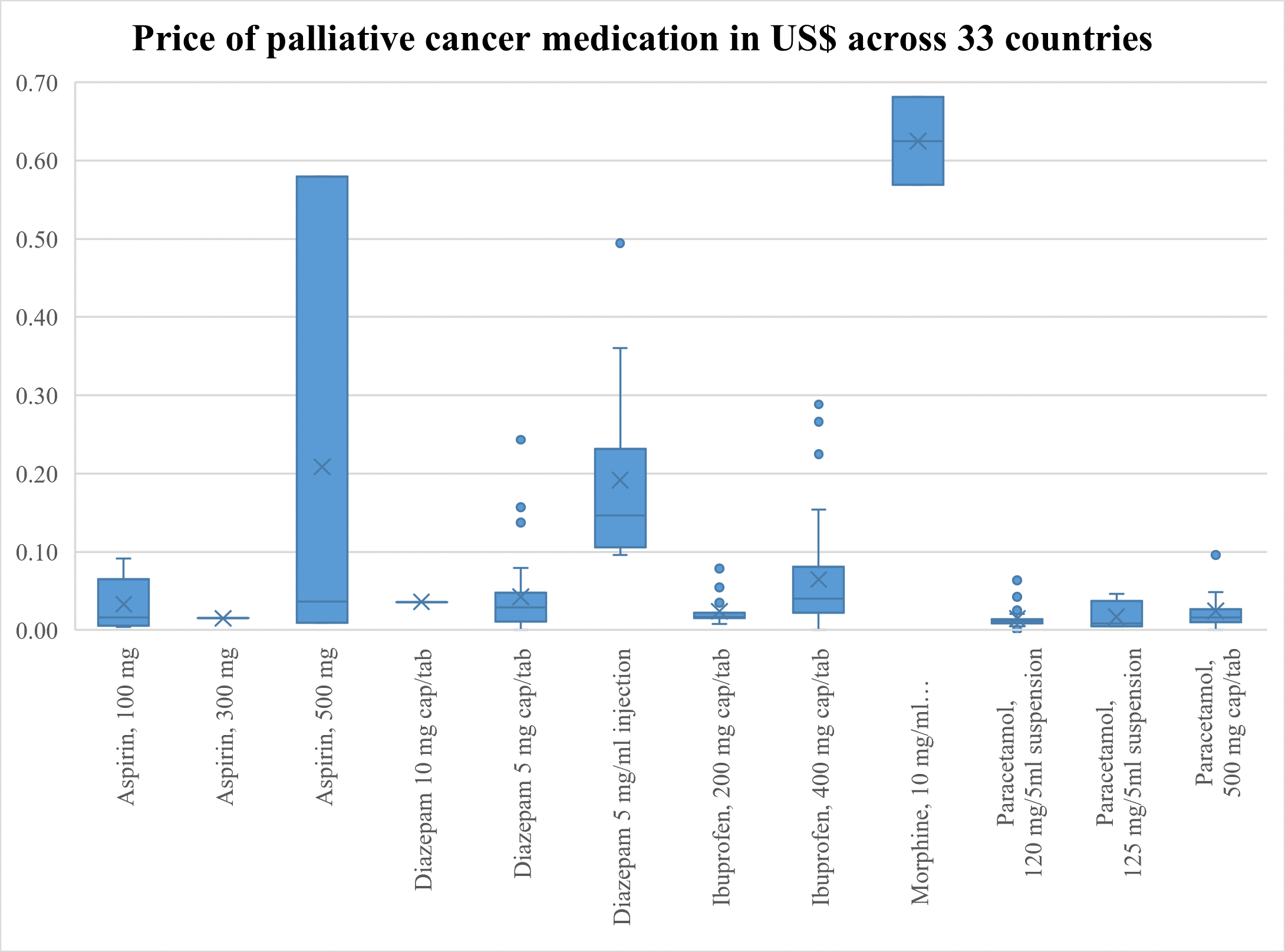Saving Lives with the HPV Vaccine
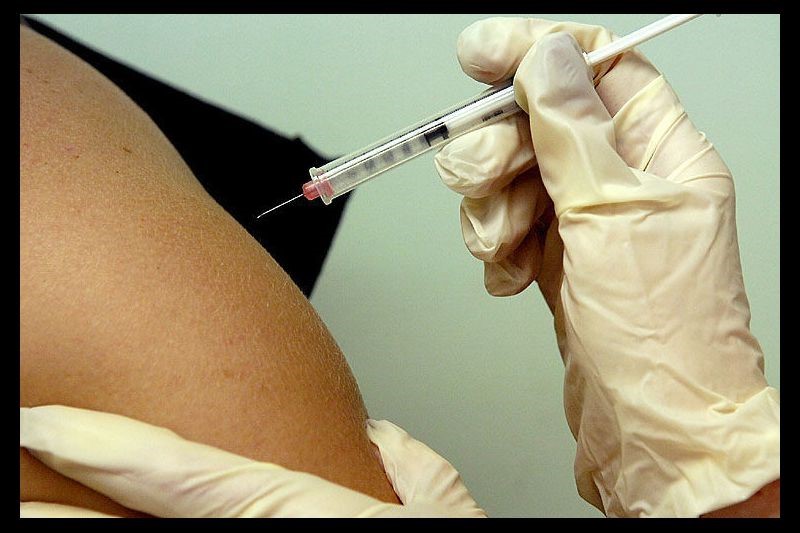
1.5 million people die from diseases that can be prevented by vaccines/The Defeat-NCD Partnership.
The world’s attention is focused on the roll-out of the COVID-19 vaccines, which has been made possible with more than two decades of research and clinical trials. While we are all praying for medical, social, and economical recovery, this week, we conclude the celebration of World Immunisation Week.
Vaccines are one of the most fundamental innovations in medicine, protecting 4 to 5 million lives[1] around the world every year and bringing hope of more protection and treatment to cancers and other deadly diseases, especially with the current developments in cancer vaccines and cellular immunotherapy.
However, millions of people across the globe, do not have access to these basic life-saving interventions. Each year, 1.5 million people die from diseases that can be prevented by vaccines.[2]
Cervical cancer, a vaccine-preventable disease, represents one of the most serious threats to women’s health. It is the fourth most common form of cancer among women globally,[3] and it leads to the death of one woman every two minutes.[4]
Through human papillomavirus (HPV) vaccination, screening, and effective disease management, it is possible to eliminate this disease. A recent modelling study has shown that globally upscaling HPV vaccination and doubling screening rates could reduce the incidence of cervical cancer by up to 97% by 2100.[5]
Global health inequality is largely reflected in the availability and affordability of cervical cancer prevention and care.[6] While this condition is effectively prevented and managed in Europe and North America with universal HPV vaccination, organized screening and adequate treatment programmes, women in low- and middle-income countries (LMICs) continue to suffer high rates of morbidity and mortality. These countries accounted for 90% of global cervical cancer mortality in 2018,[7] primarily due to the absence of a universal HPV vaccination programme for girls and boys in the appropriate age groups.
“Up-scaling HPV vaccination in LMICs to save the lives of millions of women is thus becoming more and more urgent. In response to this need, The Defeat-NCD Partnership at UNITAR is partnering[8] with the Islamic Development Bank to promote women’s health including the roll-out of HPV vaccination in their member countries. Similarly, The Defeat-NCD Partnership is working with the Transform Rural India Foundation, Teva Pharmaceuticals, and state governments in India to promote universal screening for early-stage cancer detection and to introduce a pilot programme for HPV vaccination in Madhya Pradesh and Tamil Nadu”, said Mr Mukul Bhola, Chief Executive Officer of The Defeat-NCD Partnership at the United Nations Institute for Training and Research.
The Gambia, one of The Defeat-NCD Partnership country programmes, has introduced the HPV vaccine in 2014, and made it part of the national routine immunisation schedule in 2019 leading to more than 83% vaccination coverage rates today.
Rwanda on the other hand is one of the few countries that achieved more than 97% HPV vaccination coverage rate, attributed to a decade of robust political commitment and efforts to increase vaccination rates.
“Rwanda is proud to be the first African country that has introduced the HPV vaccine in its national immunisation programme, and to be a global champion of action against cervical cancer. As one of the leading countries in terms of coverage, Rwanda hopes to serve as a model for other nations that are committed to fight for women’s health.”, said Dr Daniel Ngamije, Minister of Health of Rwanda
Drawing from these examples, we join WHO’s call to accelerate the elimination of cervical cancer[9] and urge governments of LMICs to take action to close the overwhelming gap in cervical cancer mortality across the world. Sustained political support and investment for vaccine implementation is urgently needed from health ministries around the world. The best utilisation of the momentum and resources invested in rolling out the COVID-19 vaccine, with improved medical supply chains, health records, and health literacy can enhance efforts to increase the HPV vaccination coverages and foster greater global health equality.
[1] WHO. 2020. https://www.who.int/news-room/fact-sheets/detail/immunization-coverage
[2] https://www.nationalacademies.org/based-on-science/vaccine-access
[3] WHO. https://www.who.int/initiatives/cervical-cancer-elimination-initiative
[4] WHO. 2018. https://www.who.int/reproductivehealth/call-to-action-elimination-cervical-cancer/en/
[5] Canfell, K.; et al. (2020). In: Cheng, L., Wang, Y., & Du, J. (2020). Human Papillomavirus Vaccines: An Updated Review. Vaccines, 8(3), 391.
[6] WHO. https://www.who.int/initiatives/cervical-cancer-elimination-initiative
[7] Ibid.
[8] https://defeat-ncd.org/home/news/isdb-and-unitar-join-forces-to-strengthen-capacities-and-save-lives/
[9] https://www.who.int/publications/i/item/9789240014107






